One of the most amazing types of photography is Long Exposure and you can learn about it here. It can seem quite complicated, but learning about long exposure photography is a great way to help you decide if you really like it. While it can seem very complicated, the truth is, once you know what you are doing it is fairly easy. This article is designed to help you understand what long exposure photography is and how you do it. Though, the best way to learn is to get out there and try it.
It is can be an expensive sort of photography to do, and if you would like to try it before spending the money on filters then I can help you. I run long exposure workshops for groups, or individuals and I have the filters for you to try. There will be links at the end of the post, with more information if you would like to do one.
Learning About Long Exposure Photography
Have you looked at photos of beautiful beaches where the water seems very calm and smooth? Perhaps you have seen architectural images of giant skyscrapers and the clouds are all blurred? Night photos that have a lot of colour and depth to them? Or maybe you have seen photos of
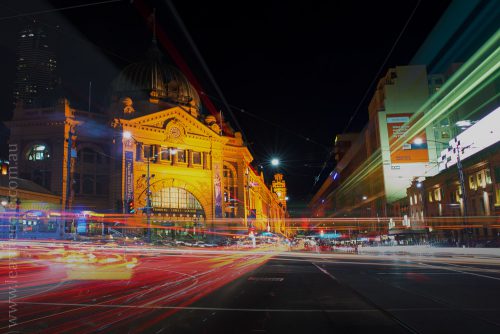
streets where the cars are so blurred that there are only the trails of where the lights were?
If you have, then you have been looking at long exposure photographs; a form of photography that has become very popular in recent years. There has been a growth in the number of photographers who are experimenting with this technique and it can seem like a complicated process, but, really, it isn’t very hard at all.
What is long exposure photography?
Put simply, it is any photography that requires you to use a tripod. Typically, you can hand hold a camera at around 1/100 of a second. Of course that is all dependent on the lens you are using and the focal length of it, but, as an average, around that long. If you want to do images that are longer than what you can hand hold then you need to have the camera on something that is sturdy, like a tripod.
When the camera goes on the tripod, you are ready for long exposures.
Different types of long exposures
Usually when someone says long exposure photography, people tend to think about filters and using them to get very long exposures, but that isn’t always the case. Night photography and Astrophotography are popular forms.
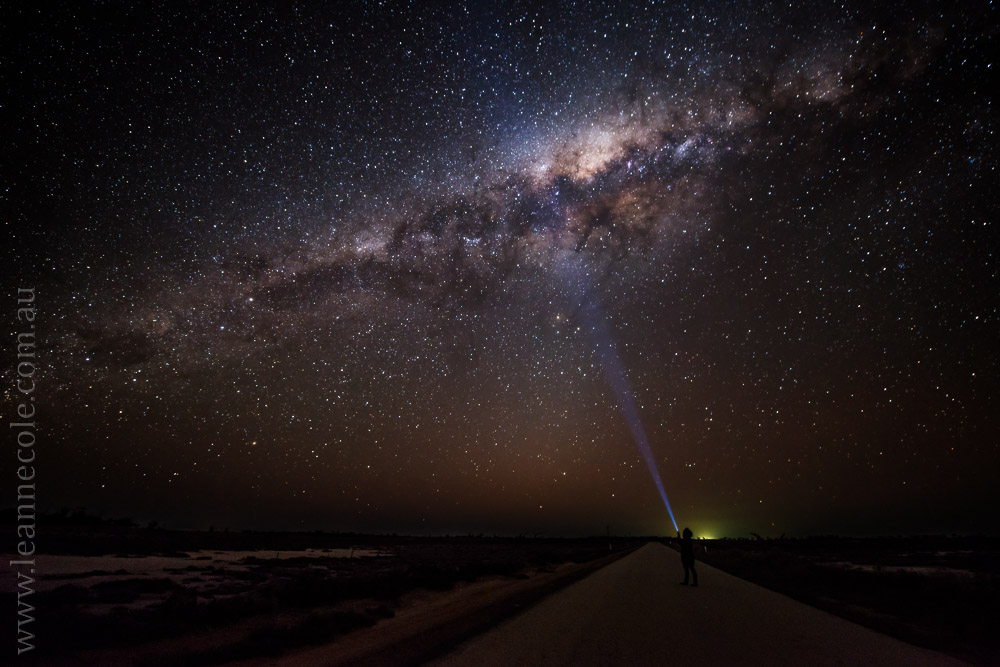
Night photography
You can take night photos with any camera, but automatic cameras are never going to give the rich detail and colours that a good camera on a tripod with a longer exposure will give you.
Taking photos at night is no different to shooting during the day, except it takes longer and you need to use a tripod. When taking photos at night, the camera needs to be put on a tripod or a solid surface because it would be impossible to hand hold. The longest shutter speed cameras tend to have is 30 seconds which is often long enough for a night photo in the city. Though it is possible to take longer exposures as well if you use a timer of some sort and put your shutter in bulb mode.
Astrophotography
Astrophotography, while also night photography, is done to photograph the stars in the sky. Photographers who are trying to photograph the milky way or star trails need to do long exposures. Both require the use of tripods and remote shutter releases. The exposures can be anything from 30 second, to minutes, or even hours.
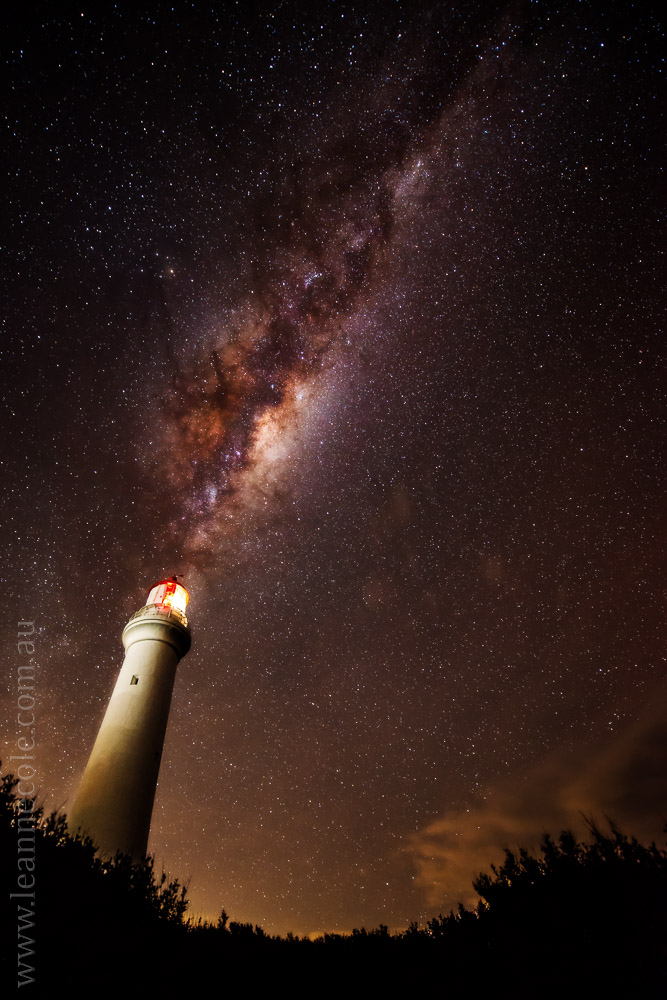
Long Exposures with filters
A very popular form of long exposure photography is the use of special filters that help facilitate longer shutter speeds. Neutral Density filters, or ND filters have a neutral colour tone, meaning that when you use them the filter shouldn’t alter the colour of your image or give you any colour cast. The Density refers to how dark they are. For long exposures you need to use darker filters.
There are many different brands for ND Filters, but I would only recommend Formatt Hitech. They make there filters by hand in the UK. To protect the neutral density coating it is sandwiched between to pieces of glass which protects it from being scratched or rubbing off.
If you would like to get your own filters from them use the code LCOLE10 to get a 10% discount. You also help me when you use the code as I get a percentage of the sale. To find the filter follow this link, Formatt Hitech.
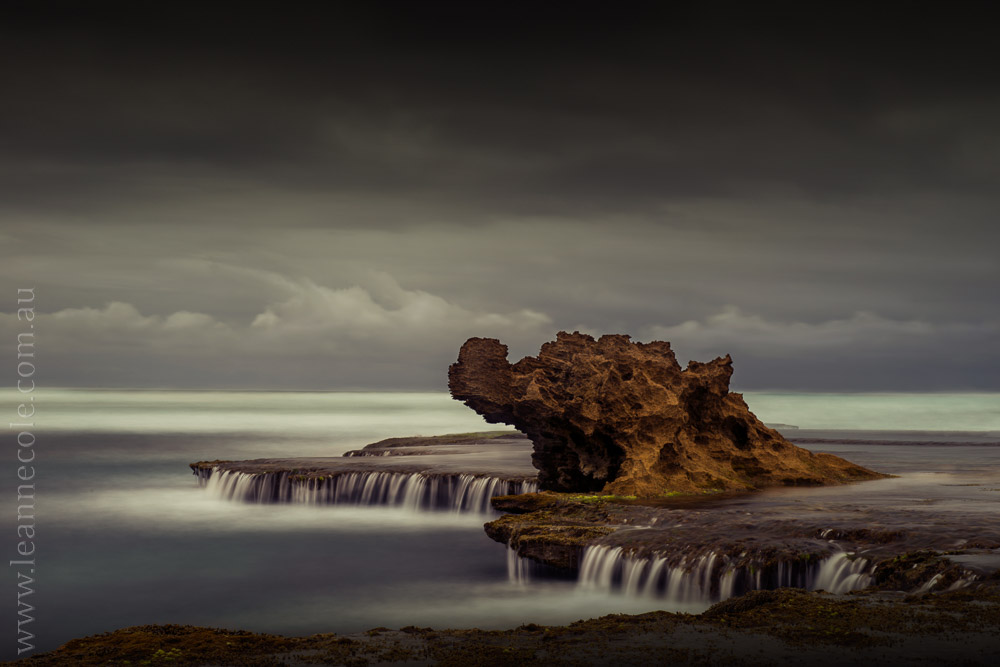
Equipment needed for long exposure photography
While you don’t need a lot of equipment, there are some fairly essential items for long exposure photography. When you are learning about long exposure photography you would need all of these to do it.
Camera
You need a camera that will allow you to use manual modes as well as the priority settings, like aperture and shutter. However, for nearly all long exposures you need to have your camera on Manual, so it is important that yours allows you to use that. You also need to have a shutter speed called Bulb which will allow you to keep the shutter open for as long as you need.
Eye Piece Cover
If you are using a DSLR then you need to think about the viewfinder. Light can enter through it, so you need to cover it. You should have been given one when you purchased your camera. For Nikon it would have been in the box, for Canon they are usually found on the camera strap.
Tripod
This is essential. As stated earlier you really one to get long exposures. If you are going to do very long ones, for example, up to ten minutes then a sturdy tripod is recommended. The best advice I hear from other photographers about purchasing a tripod is to get the best you can afford. Get the heaviest and tallest one you can. It is not something you will ever regret. You don’t want your exposures ruined because as soon as there is a slight breeze the tripod sways in it.
Remote Shutter Release
This is a device that allows you to take longer photos than 30 seconds. You might find that they are often called Intervalometers as well. With an Intervalometer you can set it to do the times that you want. They often have timers as well so you don’t need to watch the clock to get the exposure you need.
Neutral Density Filters
You need one or more of these if you want to do long exposures during the day. They come in various stops which will give you different results The most common long exposure filter is a 10 stop, however you can get many different ones, like 3, 6, 13 and 16 stops.
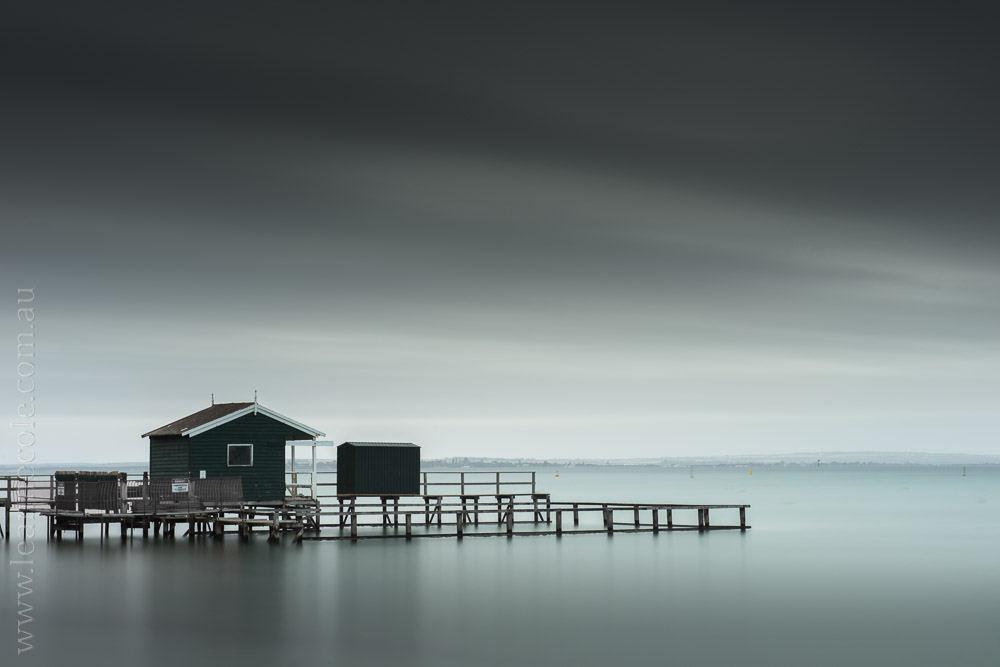
What is a stop?
Stops are measurements of time. If you have ten stops and then do nine stops, then you are halving the amount of light, for example, ten seconds is then five seconds. However, if you increase it by one stop then you are doubling the amount of light.
For example, if your shutter speed is 1/60 of a second, then if you increase it by one stop, your new shutter speed will be 1/30 of second. However, if you are decreasing by a stop your new shutter speed will be 1/120 of a second.
Your filters work in the same way. The light is doubled until the correct exposure is worked out. There is no doubt that it is quite complicated, but luckily there are apps for your phone out there that take away the mathematics for you. For Android phones, a good one is Exposure Calculator and it is free. If you have an iPhone check out the Apple Store for Long Exposure Calculators.

clouds
Exposures
Shutter speed is not the only consideration, you also have to take into consideration aperture and ISO. As with any exposure in photography, the three have to work together to help create a well exposed image.
It isn’t uncommon to put the ISO down as low as possible and to make your aperture as small as it will go to help give the image a very long exposure. You should know how low your ISO will go; most cameras will go down to 100 or 200. The same goes with your aperture. On some lenses it might only go to f/22, while others might go to f/45.
For night and astrophotography, filters are not necessary. Usually the fact that it is dark is enough. By putting your shutter speed on bulb and using an ntervalometer, you can get two or three minute exposures in a city. However, if you are out in the countryside on a moonless night, you could conceivably get exposures of anything up to a few hours. It isn’t really recommended, but it is possible
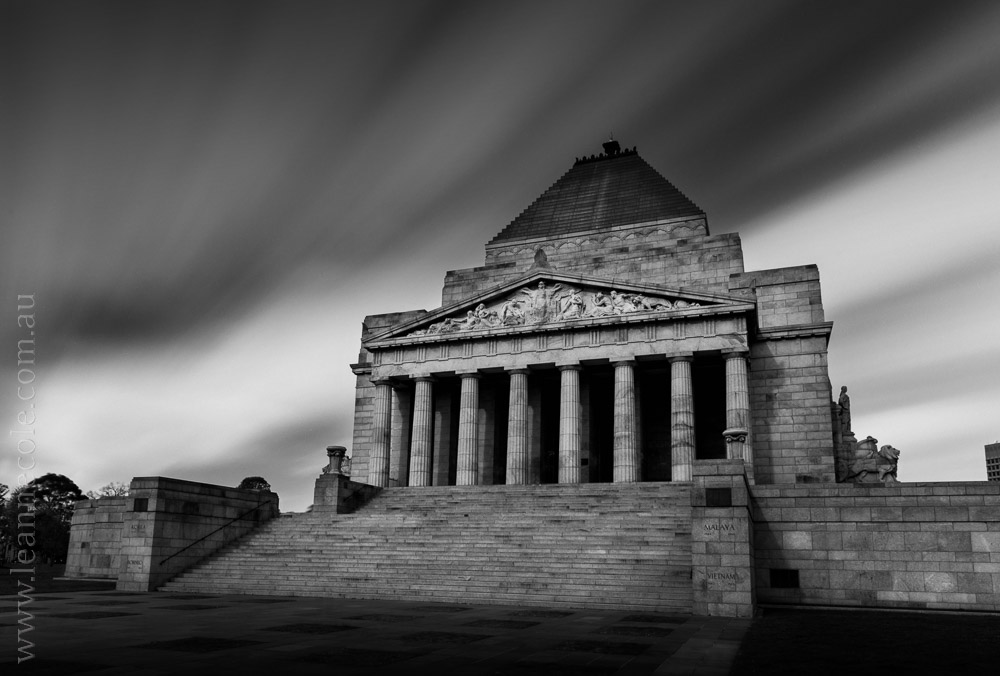
When to use Neutral Density Filters
These are primarily used during daylight hours. They help to give you the longest exposure necessary to get the desired effect that you wouldn’t be able to get otherwise.
If you were at the beach and it was during the day, your camera would not be able to give you a long exposure. They aren’t designed to do that. You would need to use a ND filter.
Water
The filters are very good for giving you a smooth water look or blurred clouds at any time of the day. Even on days when the sun is very bright you can put on a filter and do a long exposure.
This is why the filters come in different densities. If it is early morning or late evening and it is getting dark, you might only need a two or three stop filter. That is certainly the case for doing waterfalls. Often they are in canyons or deep ravines and, while it is dark, with no filter you can’t get that silky water look, but if you put on a three stop ND filter then you can get an exposure of several seconds which will help you get that effect.
If you are at the beach taking photos, then it can be a lot harder and you will need a much denser filter. Somewhere around a 10 stop is what most photographers prefer to use to get a longer exposure. Though, if it is really bright you might want to try a 16 stop. The latter filter will give you minutes even on bright sunny days.
Clouds
Another great subject to use ND filters for. If there are clouds in the sky then the filters will make them look longer and blurry in your image. They will appear like streaks.
Finally
Learning how to do long exposure photography isn’t as complicated as it sounds, but if you love that serene, smooth water look or the blurred clouds then you will love doing them. Start planning how you can go and take some photos either at night or during the day with some filters.
Learning about Long Exposure Photography
You can either do them with others in a Workshop, or on your own.
Workshops
As stated at the beginning I run long exposure workshops that go for 2 hours. During that time you will be shown the Formatt Hitech ND filters and how they fit onto your camera lens. We will go through how to take a long exposure image, before setting up and you doing your own. You do not need your own filters, I have enough for everyone doing the workshop.
All the Workshops are run at various places around Melbourne. If you would like more information then please click here.
Individually
You can do learn long exposure with a One on One for long exposure with me as well. These can be at a time that is suitable to both of us.
If you think a individual lesson would suit you more then you can find more information by clicking here.
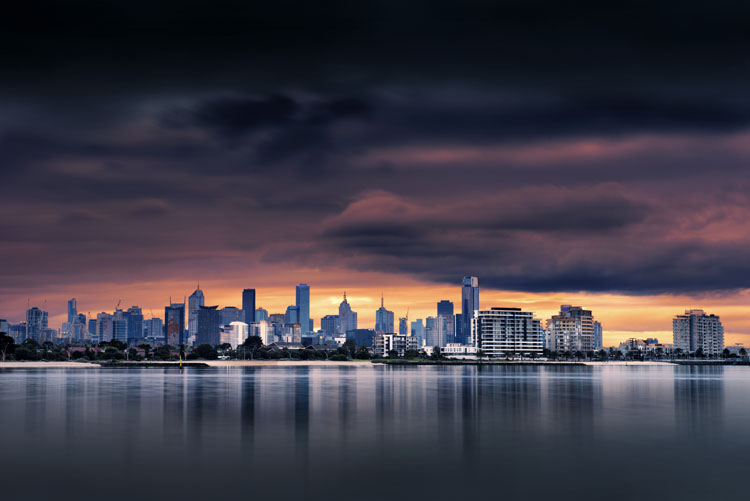
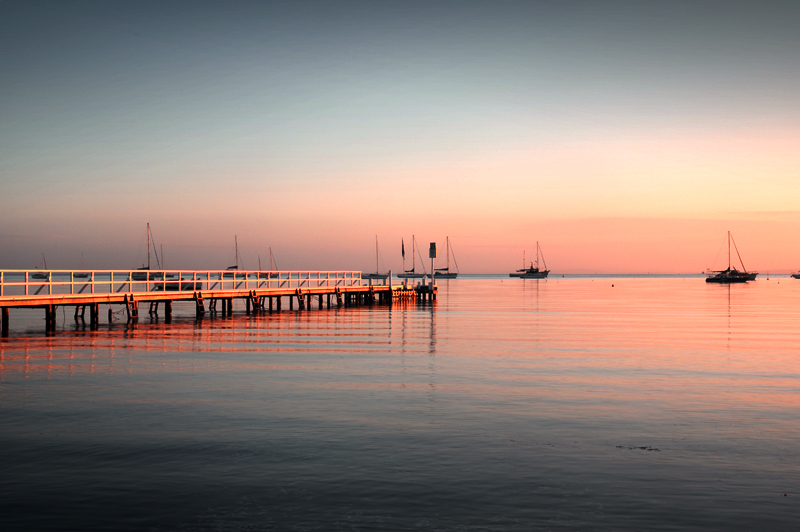
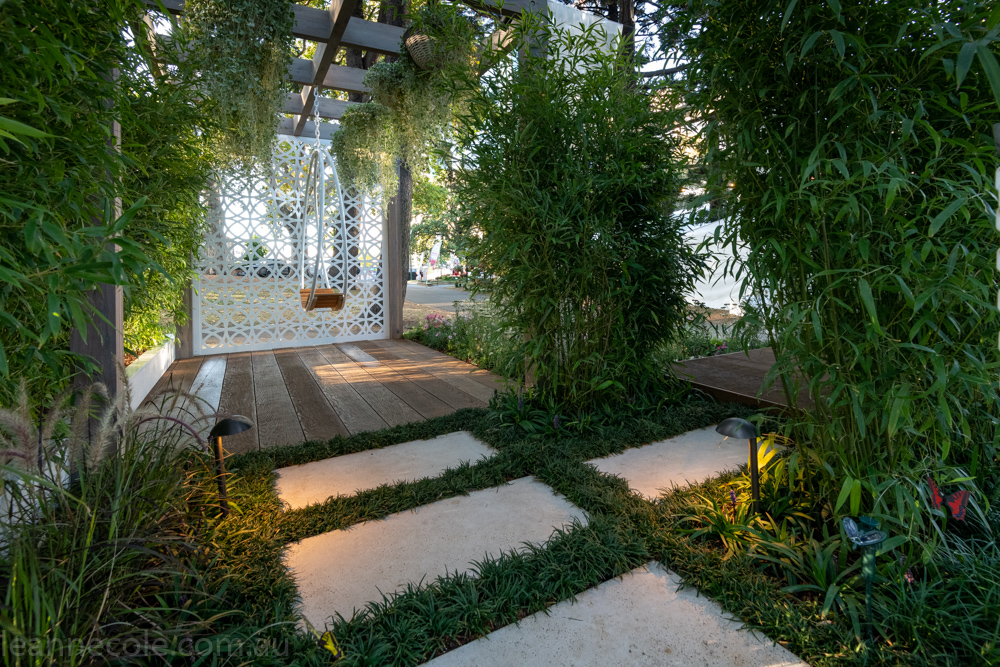
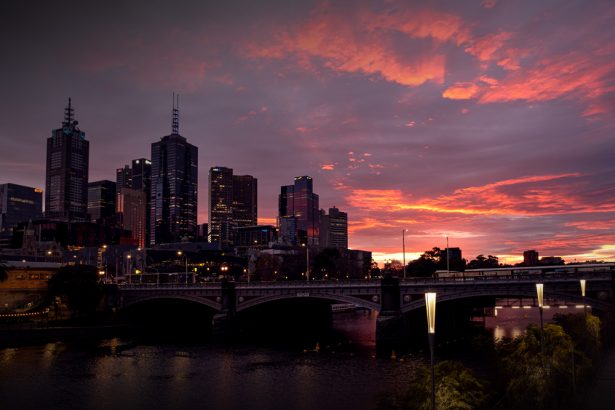
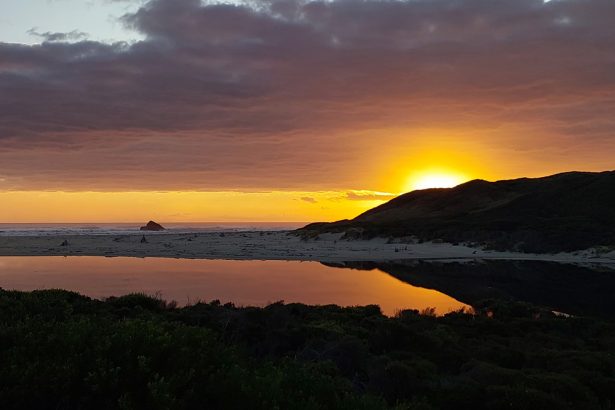
Thank You Leanne: I found this article to be very inspiring. I learned a lot. In love and light Cheryle
That is great to hear Cheryle, thank you for the feedback.
Awesome blog post! Ive just started my own site and blog, my first one was also on LE. Do you have any useful tips?
Thank you Timothy, I love long exposure so much. Good luck with your blog. Tips on what?
These are awesome examples of long exposures!
Thank you Pam, that’s great to hear.
Thanks so much for all this info Leanne .. I have a feeling I’m going to reread this many times 😃
You’re welcome Julie, hopefully you will get to see it in practice as well.
Thanks for this post! very informative!
You’re welcome, so glad you found it helpful.
I will keep the link to your outstanding article on long exposure photography for greater in depth study. It contains all the ingredients for my own future experiments with that type of photography. Thank you, Leanne!
Sounds like a good idea Peter, glad you found it helpful. Thank you.
Very informative and useful! Inspired me to try. Thank you, Leanne.
That’s wonderful Tiny, I hope you enjoy doing them. Thank you.
Breathtaking photos. The sky ones of course are fabulous but my favourite is the amazing curves on the bridge 4th from last. Gorgeous photo!
Thank you, that bridge is wonderful, it is one of my favourites to photograph and I feature it quite a bit.
I’ve done a bit of this with my Canon 7D. But when I tried with my Fuji xPro 1, shooting. Long exposure in Raw took so long for the memory card to read that I was frozen to the bone between shots. ( I always seem to think of using ND filter at the coast in winter in. strong biting wind.
All that said though, your article has inspired me to have another go……before winter draws in,
I corrected it Helen. Oh, it shouldn’t have taken that long on your new camera, the only thing I can think of is that the camera has Noise reduction for long exposure turned on. When that is on it does take a long time for a photo to be taken. The camera takes the photo for 2 minutes, and then spends two minutes writing it to the card. It is quite annoying and is part of the reason most of us do not use it. Check you menu settings and see if that is the case. I’m happy to hear the article has inspired you and hope you get to enjoy more. Thank you Helen.